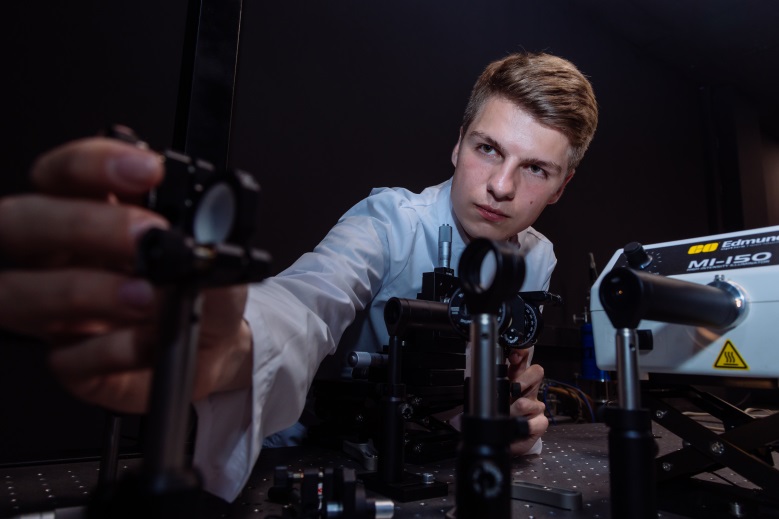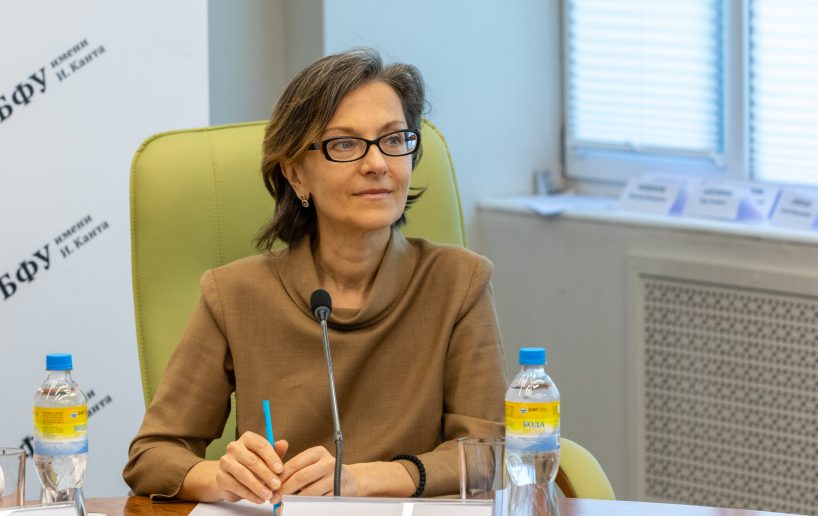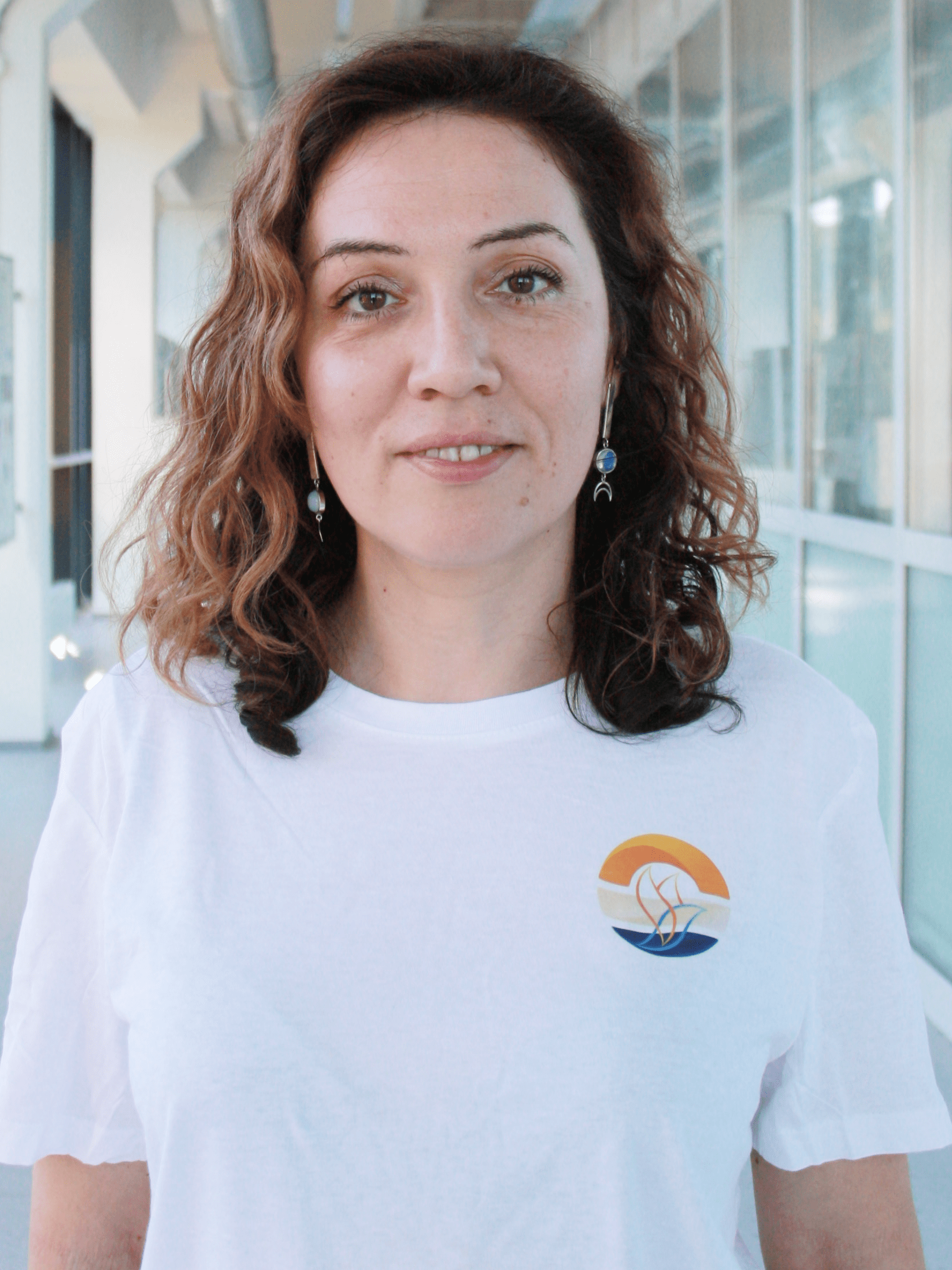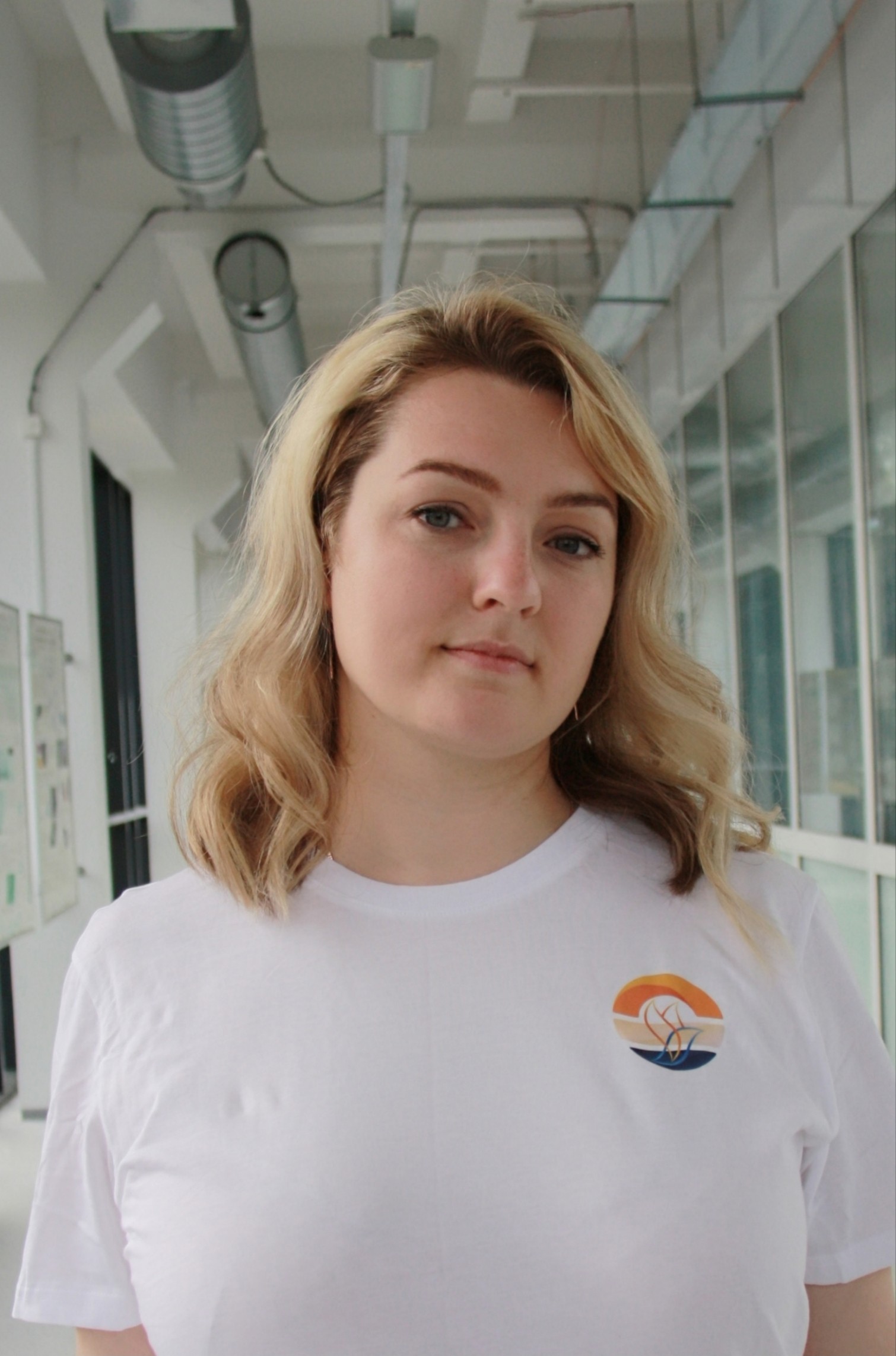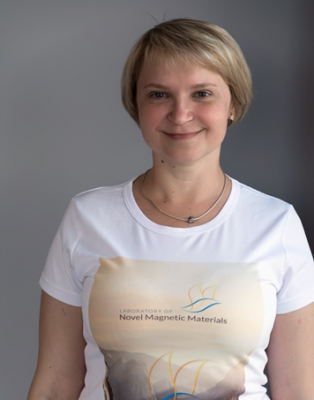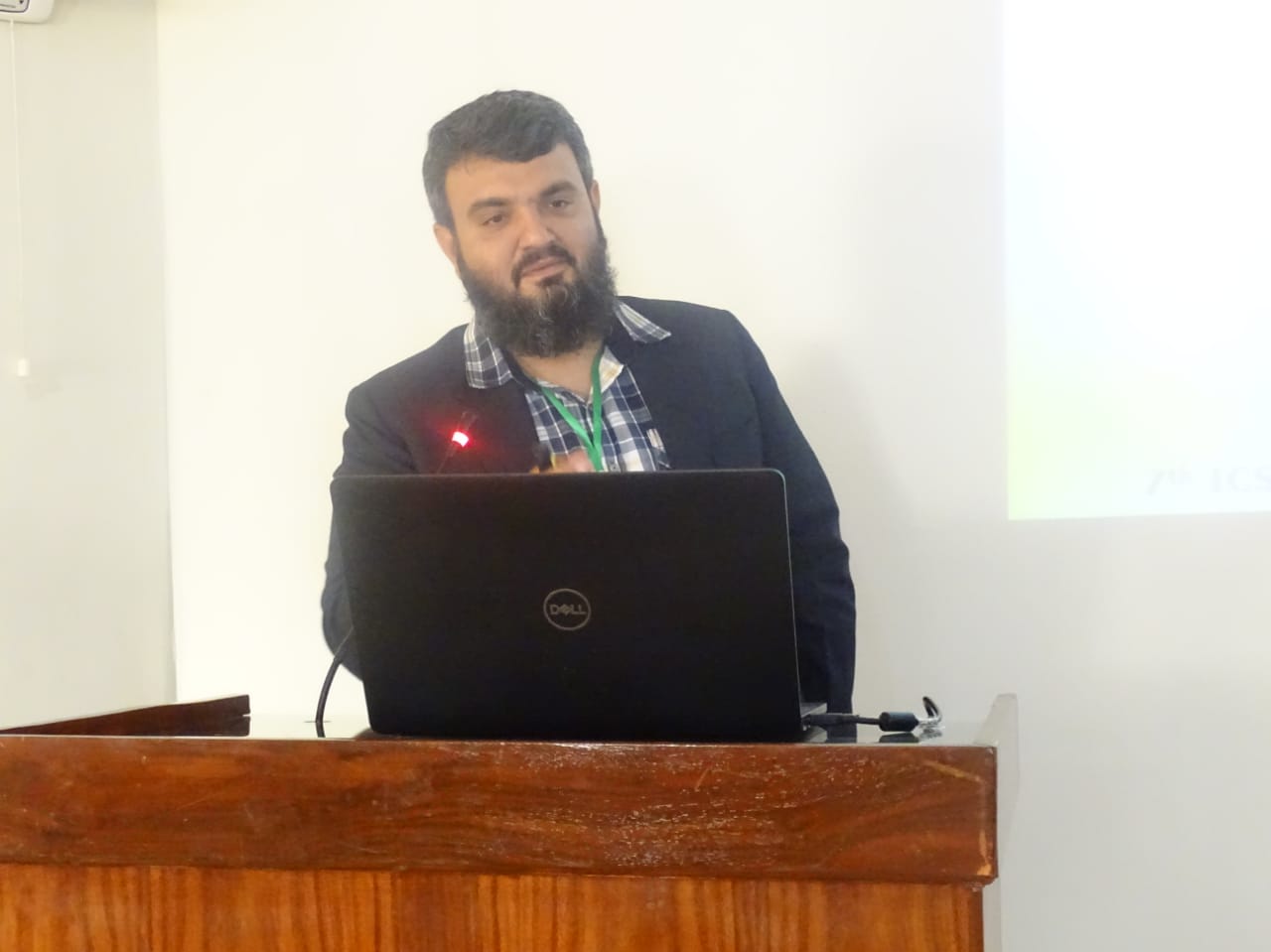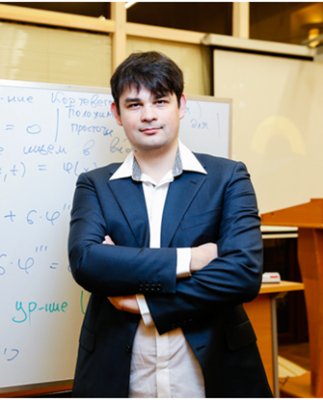 Date: 29 June – 3 July 2014
Date: 29 June – 3 July 2014
Moscow, Russia
Abstracts:
Amorphous ferromagnetic glass coated microwires are very interesting materials because of their unusual micromagnetic structure and magnetic properties. Moreover there are many ways to manipulate the magnetic properties and the domain wall dynamics such as annealing, applying of the mechanical stresses, changing of the ρ-ratio of the metallic nucleus diameter, d, to the diameter of the glass coated microwire, D [2] and etc. This makes them very perspective and promising objects for coding system, magnetic memory applications and logical devices [1, 3]. In this work we studied the influence of annealing and applying of mechanical stresses on magnetic properties and the domain wall dynamics of glass-coated Co68.7Fe4Ni1B13Si11Mo2.3 amorphous ferromagnetic microwire (d = 17.0 μm, D = 23.6 μm, ρ = 0.72). The samples were annealed at annealing temperatures 300, 350 and 400 °C without stress and under different applied stresses up to 300 MPa for different time. The magnetic properties were investigated by induction method for as-cast and annealed samples. As-cast microwires had S-shape hysteresis loop, but after annealing the microwires became bistable. The domain wall velocity of bistable microwires was measured using Sixtus-Tonks technique. During the measuring of velocity of the domain wall propagation the axial mechanical stresses were applied. And it is found that the domain wall velocity can enhance with increasing of axial stresses value. Also we measured the magnetostriction coefficient of studied microwires and investigated the influence of magnetostriction coefficient on magnetic properties for as-cast and annealed samples. We obtained the changing of magnetostriction coefficient sign from negative to positive after annealing that explains the changing of micromagnetic structure and hence the shape of hysteresis loop. Resuming, we studied the magnetic properties and domain wall dynamics of Co68.7Fe4Ni1B13Si11Mo2.3 microwire. We showed that there are a lot of ways to tailor the magnetic properties that can be very useful for future applications.
[1] A. Zhukov, et al., Encyclopedia of Nanoscience and Nanotechnology, 2004, V.X.– P.23.
[2] K. Chichay, V. Zhukova, V. Rodionova, M. Ipatov, A. Talaat, J. M. Blanco, J. Gonzalez, and A. Zhukov, J. Appl. Phys. 113, 17A318 doi:10.1063/1.4795617 (2013).
[3] M. Vazquez, Handbook of Magnetism and Advanced Magnetic Materials 4: Novel Materials.– John Wiley & Sons, Ltd., 2007.–P.2192-2226.
[1] A.E. Berkowitz, K. Takano, J. Magn. Magn. Mater, 200 (1999) 552.
[2] M. Ali, C.H. Marrow, B.J. Hickey, Phys. Rev. B,67 (2003) 172405.
[3] R.D. McMichael, M.D. Stiles, P.J. Chen, W.F. Egelhoff, Phys. Rev. B,58 (1998) 8605.
[1] A. Zhukov and V. Zhukova, International Frequency Sensor Association Publishing, Barcelona, (2014) 164
Magnetic properties of all structures were investigated by vibrating sample magnetometer by LakeShore and it appeared that they greatly depend on thickness of ferromagnetic layer. For samples DVD//Ag(80nm)/Ni(10nm)/SiO2(30nm) and BD//Ag(100nm)/Ni(100nm)/SiO2(30nm) a step-like behavior of hysteresis loops in dependence of the magnetic moment versus magnetic field in case of transverse plasmon propagation way (along the direction of substrate battlements) was observed. At the same time, measurements along the plasmon propagation way showed nearrectangular hysteresis loops typical for Ni-based thin films. Thin films of nickel and iron with same thicknesses on Si/SiO2 substrates were sputtered during same sputtering cycles and in-plane anisotropy was found in case with Ni-based thin films. All Fe-based structures had isotropic inplane magnetic properties. AFM images of surface of structures based on digital discs showed that nickel and iron had partly covered sides of the substrate battlements. Thus, the anisotropy of the magnetic properties of MPC can be explained by the magnetostatic interaction between the different factions of nickel. Anisotropy of magnetic properties for nickel thin films on Si/SiO2 substrates can be explained by its magnetostriction properties of Ni. Last result can explain difference in magnetic properties of Fe-based and Ni-based MPC.
MO response of MPC structures was measured by setup which consists of halogen lamp with a monochromator as a light source, and a photomultiplier tube with a lock-in amplifier as detector and enhancement of transversal Kerr effect and magneto-optical activity in the narrow spectral range of the surface plasmon-polaritons excitation was observed. We determined the optimum thickness of ferromagnetic layer (from the submitted samples) for enhancing MO response.
We need to continue investigation of MPC based on digital discs to improve the quality factor of plasmons and to find a way to control properties of MPC for creating sensible biosensors.
[1] A. Grunin, A. Fedyanin, et. al., Appl. Phys. Lett., 97 (2010) 261908 – 261908-3.
The work is supported by RFBR grant № 12-02-31541.
[1] W.H. Meiklejohn and C.P. Bean, Phys. Rev. 102 (1956) 1413.
[2] Sara Laureti, Y.Suck Sarah, Haas Helge, Eric Prestat, Olivier Bourgeois, Dominique Givord, Physical review letters, 108 (2012) 7, 077205.
We investigated magnetic, magnetotransport and structural properties of the Co2(Fe,Ti)Ga thin films with different chemical composition, prepared by a magnetron sputtering technique in Ar atmosphere. Chemical composition was controlled by the changing of the sputtering power of the targets. The measurements were performed on as-prepared and annealed samples. Energy dispersive spectrometer (Oxford X-Act) was used to detect the composition of thin films. The structure of prepared samples was examined by XRD analysis using a Rigaku diffractometer with CuKα radiation. Magnetic measurements were performed by vibration sample magnetometer (Lakeshore 7400) in a temperature range of 100-450K. In-plane hysteresis loops were measured for two different orientations of the samples in relation to the direction of the magnetic field (0, 90 grad) at different temperatures. Magnetoresistance of Co2(Fe, Ti)Ga thin films was obtained in magnetic field up to 10 kOe in a temperature range 100-450 K.
The presence of well-defined (220) and (422) peaks corresponding to the principal reflection of the Heusler structure were revealed by XRD analysis. We found that the magnitude of the Magnetoresistance increases with increasing temperature. Measured in-plane hysteresis loops show anisotropic behavior in some samples and demonstrate step-like shape. Obtained results indicate that magnetic properties of Co2(Fe, Ti)Ga thin films strongly depend on the Fe and Ti concentrations.
The biphase microwires exhibit two-steps hysteresis loops at room temperature, each of them corresponds to respective remagnetization process of the phases: of the core (take place in small magnetic field) and of the shell (take place in higher magnetic field). When the temperature increase the steps became smaller and disappeared after the reaching of the Curie temperature of the core Tc=700 K. The temperature dependence of magnetic moment under applied magnetic field of 100 Oe for Fe/FeNi microwire with the thicknesses of the shell of 1 µm is depicted in the Figure.

The magnetic moment decreases with temperature from 300 to 700K (that corresponds to the Curie temperature of the core), after T=775K starts to increase again and after T=800K decreases until T=1200K. Analysis of the magnetization process of each phase in each measuring temperature region has been performed
[1] M. Vazquez, H. Chiriac, A. Zhukov, L. Panina and T. Uchiyama, Phys. Stat. Sol. A, (2010) 1-9.
[2] K. Pirota, M. Hernandez-Velez, D. Navas, A. Zhukov, M. Vazquez, Adv. Funct. Mater. 14 (3) (2004) 266–268.
Obtaining of the new application opportunities of this exceptional material is possible due to the using of thin films. Therefore, it is very important to know structural and magnetic properties changing upon the decreasing z-dimension of the material from bulk to thin film. We report here on the results of formation and investigation of polycrystalline thin films on MgO and Si substrates by pulsed laser deposition and two-lasers co-deposition. Structural and magnetic properties of these samples were investigated. It was shown, that at same composition (Ni52Mn36In12) polycrystalline samples on oxadized Si and MgO substrates are formed in different structural phases: B2 phase for MgO substrate and L21 for Si/SiO2.

Ni51Mn33In16 sample observed at
different temperatures
For both type of samples the structural dynamics of the martensitic transition and magnetic properties, depending on the composition, thickness and deposition parameters were investigated. For several samples near-room tempersture or low temperature martensitic transition has been found (fig. 1). For most of these samples magnetization data depending on temperature in the interval of martensitic transition are strongly differ from bulk samples with similar concentrations.
The work is supported by Ministry of Education and Science of the Russian Federation (Contracts № 14.Y26.31.0002 and 02.G25.31.0086)
[1] J.Liu, T. Gottschall, K.P.Skokov// Nature Materials., 11 (2012)620–626.
The efficiency of a heat-pump cycle is expressed in terms of the coefficient of performance, θ, which is defined as the ratio of the amount of heat given by the system undergoing the cycle to the heat receiver, QHR, to the work transfer of energy into the system to accomplish this effect. On the base of the model S–T projection of S–T–P surface for FeRh alloy [4] the 3 types of heat pump cycles are drawn up:
(1) with acquisition by the alloy the heat from external heat source;
(2) partial acquisition by the alloy the heat from external heat source;
(3) and the cycles based on the adiabatic inducement the F-AF transition by pressure.

Corresponding efficiencies θ1, θ2, and θ3 of these cycles as functions of temperature at various differences between initial and final temperatures (permanent thermal load ΔT) and as a function of pressure at various differences between initial and final temperatures are analyzed using the certain set of the experimental data [4].
It is found, particularly (Fig. 1), that within the temperature range (320 – 370) K and pressure range (0.4 – 1.0)∙109 Pa efficiency of the heat-pump cycles takes the values from the interval from 30 to 35. These values are comparable to those found in [1] with using the tensile stress up to ψ = 1∙109 Pa and in [2] with using the magnetic field up to H = 2∙106 A/m.
[1] M.P. Annaorazov et al., Int. J. Refrigeration, 25 (2002) 1034-1042.
[2] M.P. Annaorazov et al., J. Magn. Magn. Mater., 251 (2002) 61-73.
[3] L.I. Vinokurova et al., phys. stat. sol. (b), 78 (1976) 353-357.
[4] M.P. Annaorazov, J. Alloys Compd. 354 (2003) 1–5.
Moscow International Symposium on Magnetism (MISM`14)

